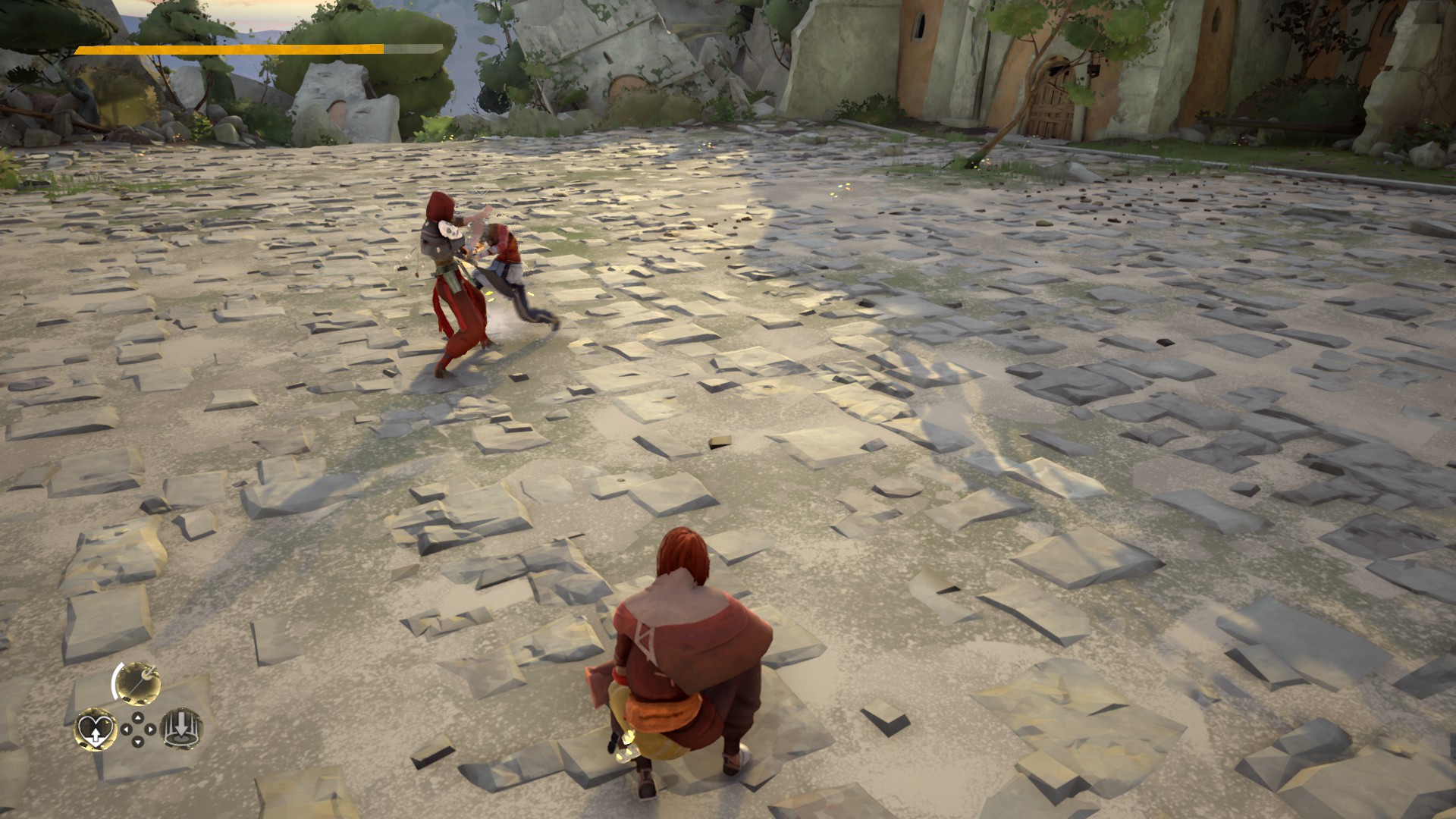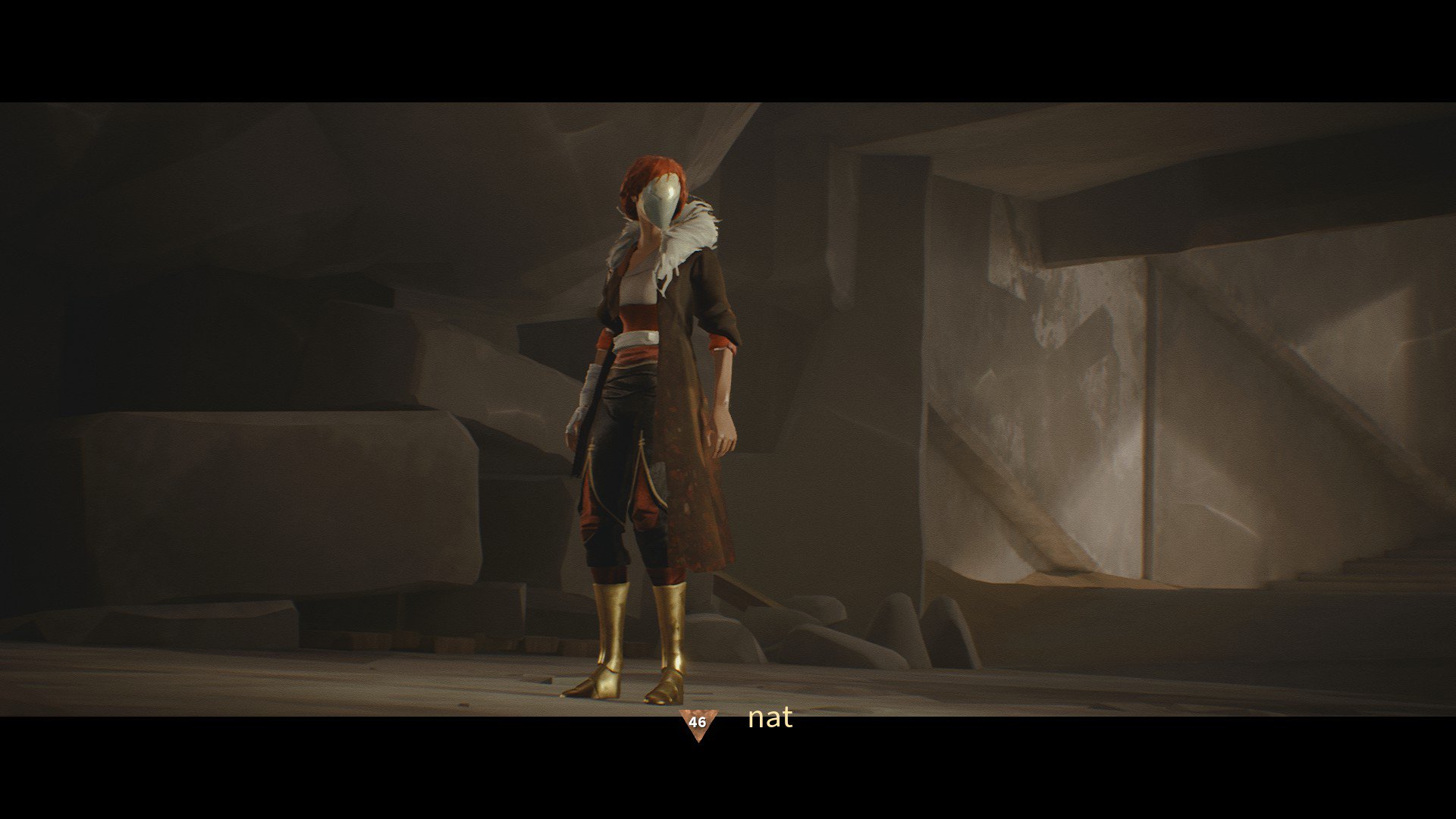Sifu stands to learn some manners from Absolver

I’ve spent the last week fighting. In clubs, in apartment blocks, in burning sparring halls and marble museum floors. I’ve fought charred, 8-foot tall staff wielders and furious botanists, and if there’s one thing I can take away from Sifu, it’s that Sloclap still knows how to make one hell of a martial arts game.
But the most memorable fight of the last few days came not from Sifu, but from a dip into Sloclap’s 2017 debut, Absolver. This stranger wasn’t the toughest opponent I’ve fought all week, nor the fastest or most creative. But in their determination to get back up after every knock, to bow before each bout, and to keep hitting rematch to try and land a cheeky winning blow against me, they proved themselves my strongest opponent by far.
Learning experience
When Absolver launched, there was a fair bit of confusion over what the game actually was. It had a sort of Soulsy, layered vibe with unlockable equipment, stat builds, and open world full of mooks and bosses to fight—but that world was fairly small, with only a handful of properly challenging foes. Many of my friends went in expecting a martial arts action RPG, only to be turned away when it became clear that the real endgame of Absolver was a 1v1 fighting game.
But Absolver doesn’t work as a straight-up 1v1 fighting game either, because exploring that open world is integral to how your characters fight. See, in Absolver, you’re building out a Deck of moves containing four stances. Each stance has three standard moves and a heavy, transitional move—all with varying speeds, strength, and attack direction. You build out these moves by fighting opponents (whether real or NPC) in that open world, learning new attacks as they’re used against you.
Absolver is built around this idea of roaming the world, honing your style, and then testing that style in 1v1 brawls. You’d trade blows with other players to teach each other, and even form schools that let your pupils instantly access your time-tested moveset. Absolver was ultimately too niche to maintain the critical mass of players required to support this model, but for those first few weeks where that promise came to life, it was majestic to behold.

Fight! Fight for my amusement! (Image credit: Sloclap)
Sifu shares a lot of the design intent of Absolver—in the rhythmic parrying of incoming blows, in learning how a given opponent moves and where to break open the gaps in their chains. But it’s a fussier system, one that requires more finicky inputs for special moves, and a progression system that means mastery comes as much from unlocking all the interesting moves arbitrarily as much as learning timings and patterns.
That’s not to say there isn’t anything Absolver couldn’t learn from its student, though. While I adore the rhythmic bouts of Absolver fights and lack of finicky inputs, I found myself missing the staccato of perfectly parrying Sifu’s blows. That input simplicity also means Absolver fights aren’t able to throw in as many curveballs—no cheeky little leg sweeps, grabs or eye-pokes to throw off your opponent.
Absolver’s combat decks are about building out a martial arts style all your own, while Sifu’s is about learning and mastering a single style. Absolver wants you to test your decks against equals, Sifu against nameless mooks and bosses with set patterns. Neither is really better than the other—they’re simply two different systems built for two different kinds of action games.
Fightin’ words
If there’s something I was surprised by, it’s that Absolver might actually tell a better story than Sifu. Writers like The Gamer’s Khee Hoon Chan have written about how haphazardly the French-developed Sifu plays with Chinese culture, but a fixation on martial arts movie pastiche (throwing in references like that Old Boy corridor fight without context or weight) also broadly leaves the game feeling lacking in character. Sifu is a revenge flick without character, grounded in a city without a sense of place.

Faux fur trims are so in this year. (Image credit: Sloclap)
It’s not like Absolver was going to win any awards for its three entire lines of dialogue, and it has even less of an explicit story than Sifu. But its world is altogether stranger and more original, a setting that obviously adores martial arts but uses that to create a world all its own. The real narrative comes from the story of creating your own fighting style, the back and forth of learning and adapting to a real human opponent, the soft guitar twaddle that plays between each round in combat trials and the (incredible) fashion you style yourself in.
About a year after release Sloclap released the Downfall expansion that added procedurally generated dungeons to the mix. It’s a decent enough way to get some more fights in, but also a fascinating look at some of the ideas that’d eventually make their way into Sifu. Straight combat gauntlets with limited lives and increasing power, various room layouts and objectives, regions featuring baddies with their own flavour of combat.
I’m not here to say that Absolver is better than Sifu, or vice versa. it’s ultimately kinda quaint how both suffer from poorly representing what they actually are, be that Absolver masking its competitive endgame or Sifu players discovering something more akin to a roguelike.
But Absolver was a rare game where fighting meant community, where brawls were about teaching and sharing moves as much as laying the smack down. Sifu asks that you meet a downed foe with a punch to the face. Absolver lets you reach out with a helping hand to get them back on their feet.

